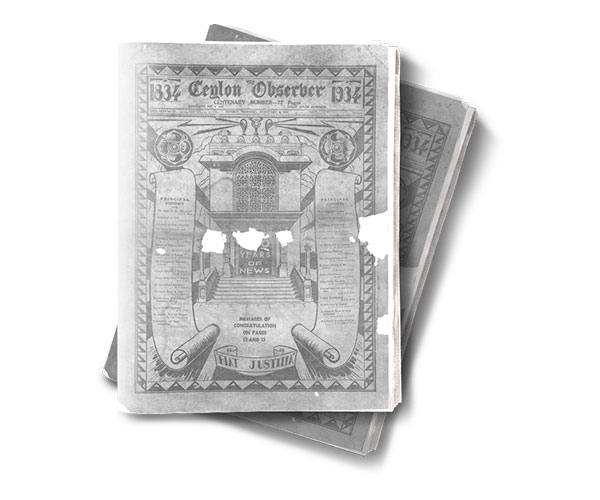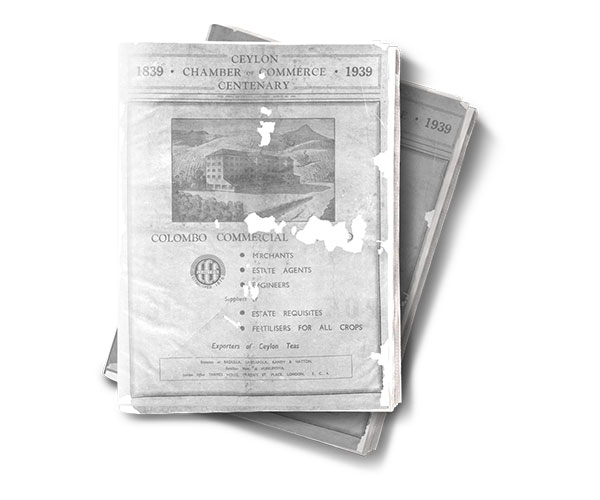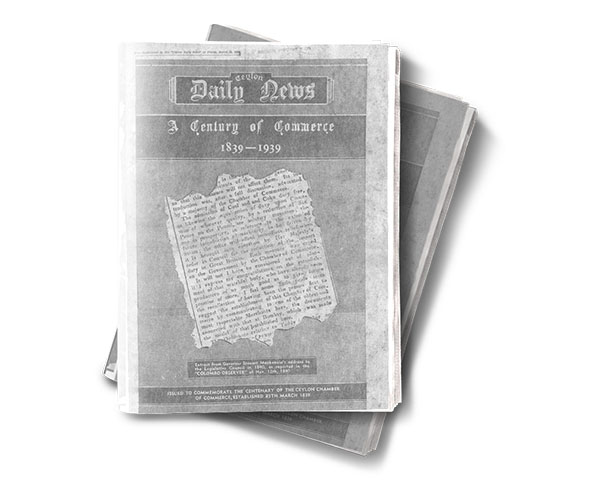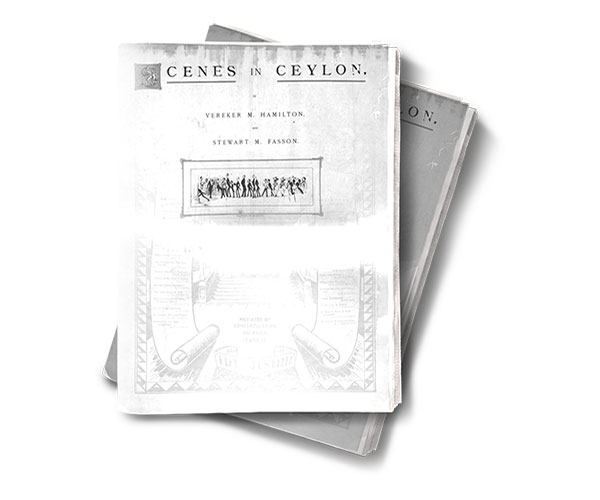Museum of George Steuart
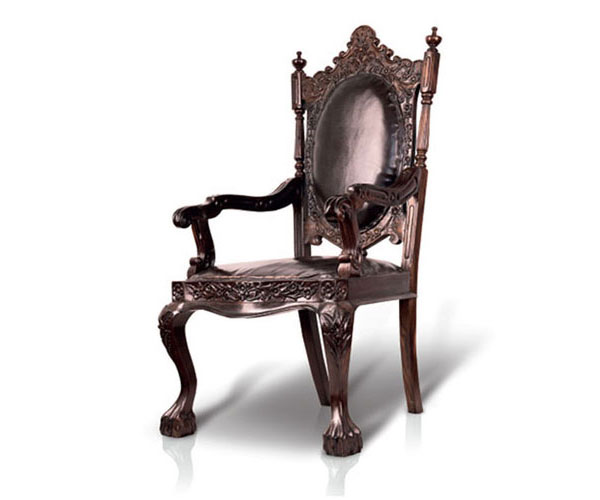
The historically significant Grinlinton Chair was used by the Duke of Gloucester on a ceremonial visit to Ceylon in the early 1930s. It was presented to George Steuart & Co., on its centenary by the European members of its staff. The Grinlinton Chair and several other antique pieces and artefacts are still in use in The Steuart's boardroom as a symbol of leadership and goodwill.
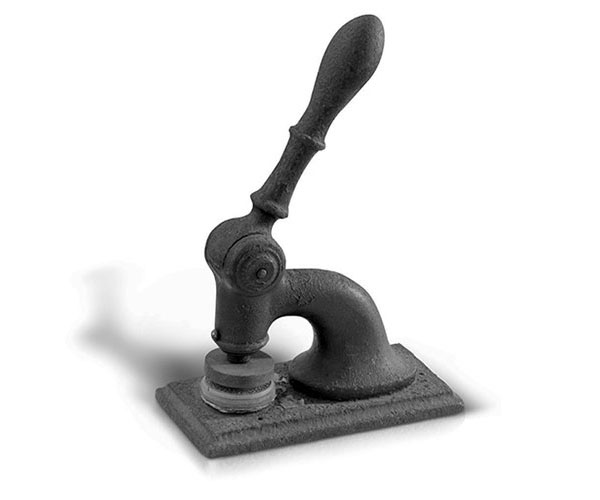
Embossed seals such as this largely date back to the early 20th century, and were often used to notarise or validate official documentation. This is one of the oldest seals in the Steuarts Collection, and is inscribed with the profile of James Steuart.
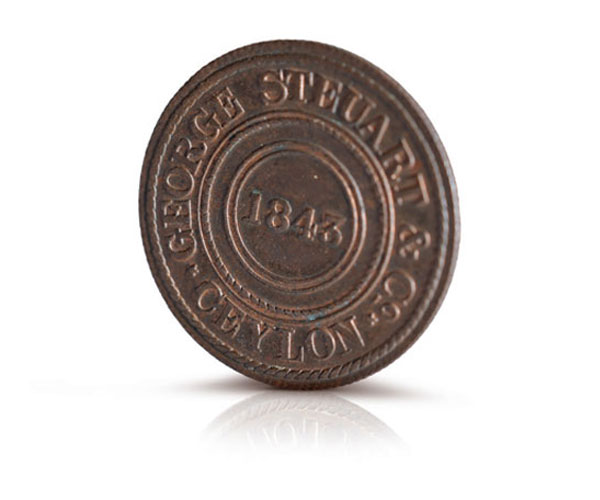
George Steuart was the only firm in Ceylon to adopt a system of countermarking local currency coins with their inscription George Steuart & Co. In 1881, the company called in the countermarked coins and issued its own minted tokens, which were branded under Wekanda Mills, where the firm employed nearly 1,300 hands to cure coffee and other merchandise. These are believed to be the last coffee tokens issued and the only tokens that bore inscriptions in the native languages of Sri Lanka - Sinhala and Tamil.
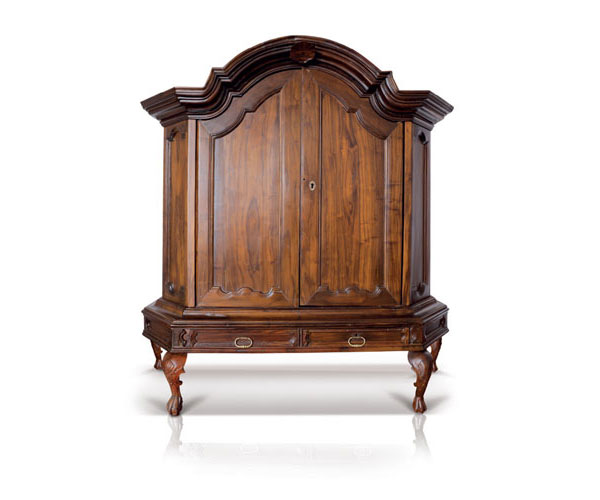
The Steuart Collection of Dutch period antique furniture has been described by R.L. Brohier in his work “Furniture of the Dutch Period in Ceylon” as a “magnificent assortment of heavy articles of 17th - 18th century furniture”. The George Steuart Building in Colombo continues to house many carefully preserved pieces of furniture and artefacts of the Steuart collection, including many features of the original boardroom, which is still available for the use of guests.
